Don’t Hate Me Because I’m Practical—5 Important Reasons Minivan Sales are Soaring
Three-row SUVs are still all the rage, but automakers are happily reporting an uptick in sales for minivans.
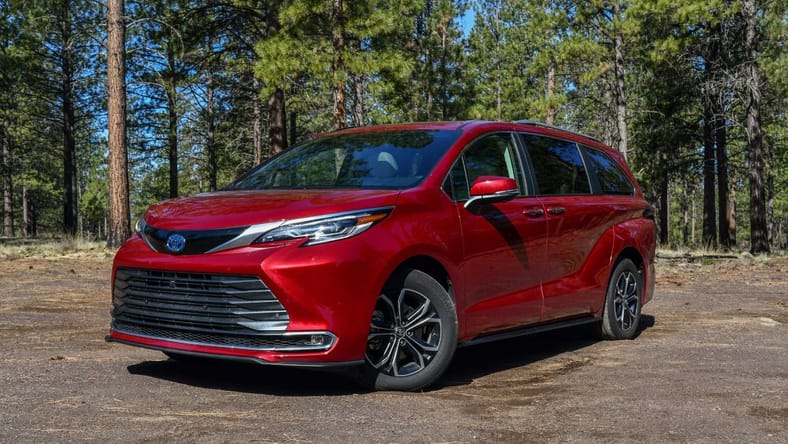
Those who know me can acknowledge that before kids, I absolutely despised minivans. I had a visceral, strong aversion to them. I categorized them as soulless, hideous, unnecessarily gargantuan wastes of precious road space. I’m sure someone close to me can probably quote me saying something akin to, “I’d rather light myself on fire than be caught driving a minivan.”
And then I tested a Kia Carnival, a Toyota Sienna, and a Honda Odyssey with my two car-seat-bound toddlers. Suddenly, it dawned on me—securing their car seats was easy. Everything I needed to bring had a space. Driving them was comfortable. Being able to remove or fold the third row and a tall roof meant I could haul anything.
Modern engines and transmissions mean mileage isn’t terrible, and designers made them sleeker, more attractive, and in the Kia Carnival’s case, fairly incognito. Up to eight people can be just as comfortable as the driver and front passenger for a more-than-fair price. The most affordable, the Kia, starts at $38,235, and the most expensive, the Sienna, tops out at $69,595 for an AWD hybrid—making them remarkably less expensive than 3-row SUVs that come even remotely close to the third-row comfort of minivans, which cost well north of $100,000. Examples would be the Lincoln Navigator, Cadillac Escalade, and Lexus TX.
But 2025 is turning out to be the Year of the Minivan, as sales for all four remaining minivans are on the rise. Automaker data proves it, and there are plenty of good reasons the minivan is going through a bit of renaissance—one that’s long overdue.
This story is 100% human-researched and written based on actual first-person knowledge, extensive experience, and expertise on the subject of cars and trucks.
Why’d We Start Hating on Minivans In the First Place?
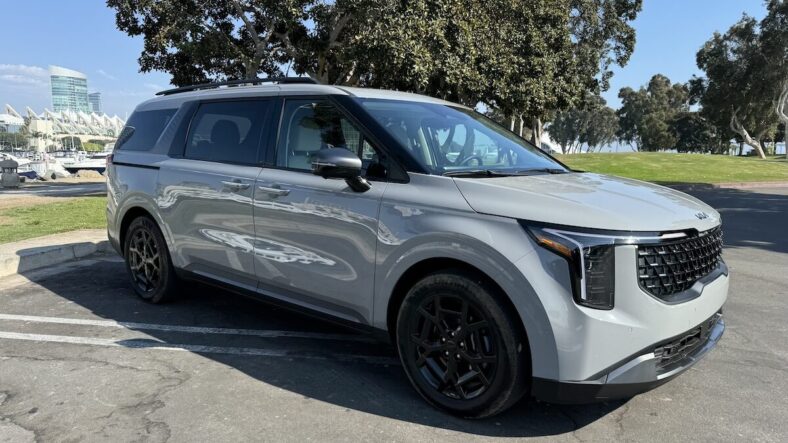
Dodge debuted America’s first minivan, the Caravan, back in 1986. It had wood paneling, a funky body shape, but enough room for the family, the dog, and half the house. The idea of a comfortable and practical family hauler caught on like wildfire, and before long, Nissan, Mazda, Ford, Honda, Toyota, and Chevy were offering their own version with the same brag-worthy options: passenger comfort, cargo space, respectable mileage, and a fair price.
Then, three-row SUVs came along about a decade later. Suddenly, the Chevy Suburban, Tahoe, and GMC Yukon were minivan equivalents, offering the same accommodations, only they weren’t minivans. They didn’t make it obvious that you were a mom. You could still be a cool mom with an SUV.
Culturally, driving a minivan suddenly became a bad thing. A meme, if you will. It meant that you didn’t value a nice-driving car. It came with an image of carelessness and drabness, too. It became embarrassing to be caught driving a minivan.
So, what was once a very prominent and successful segment for decades was whittled down to just four options: the tried and true Honda Odyssey and Toyota Sienna, the Chrysler Pacifica, and now the Kia Carnival replacing the Sedona.
After several years of fairly bleak sales, all four automakers reported a fairly dramatic spike in sales for their minivan models—some up to 80% (looking at you, Kia). In this day and age, there are very good reasons as to why that is. As reviewers, we’re very excited to see the underrated class slowly but surely return to its former glory. Let’s discuss five reasons why minivan sales are (finally) picking up.
1. You Just Can’t Beat The Passenger Space, Comfort, and Safety
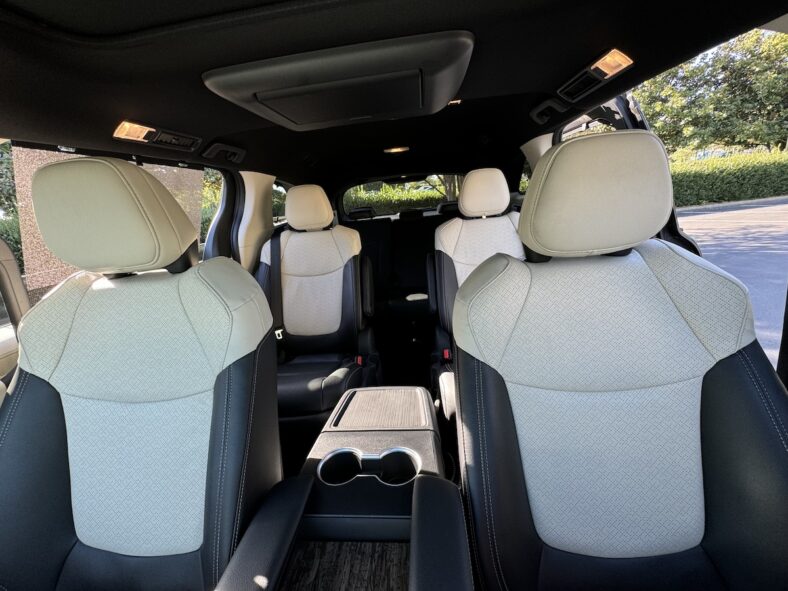
There’s no denying it—Minivans have more accommodations for third row passengers, double the amount of cargo space behind the third row (and even MORE when the third row is folded), more legroom for the second row, easier third-row access, and far superior third-row comfort.
Plus, there’s the safety aspect. If you have more than two children in car seats (or want more), there’s nothing more versatile—and safer—than a minivan. Putting my two toddlers, the oldest being front-facing and the youngest being rear-facing, was incredibly easy. The ease of installing car seats, loading, and unloading my kids was a breeze thanks to wide, sliding doors and a higher seating position.
The second row can tilt and slide, even with a rear-facing seat secured, with plenty of room for whoever’s climbing into the back. So, when my 66 and 65-year-old in-laws came to visit, it was not only remarkably comfortable for them, but getting into the third row of the Kia Carnival was easy. They and my daughters loved the large windows, and my father-in-law appreciated the rear panoramic sunroof that opened up the third row and eased carsickness.
For car seats, the LATCH locations are easy to find in all four minivans, lower anchors are just as simple to find and secure, and there’s plenty more than the required 29 inches of space between the headrests of the front seats and rear seats—in the third row, too. With the recent change of having children be rear-facing for up to 4 years old or up to 40 lbs, infants and toddlers will be rear-facing for many years. Therefore, having more than two rear-facing children in a minivan is the easiest and safest way to travel.
Right now, I have just my two daughters, but should we decide to have another one, we’re absolutely without a doubt trading in my Forester for a minivan. No questions asked.
2. All-Wheel Drive is an Attractive Option to More Buyers

Toyota was the first automaker to offer part-time four-wheel drive in the US in the Van (yes, that’s what it was called—just the Toyota Van), followed by the Previa All-Trac in 1989. Chrysler followed suit in 1991 with its minivan, and it became the first American automaker to offer it.
It was a very attractive option for those who lived in areas that experienced snow or heavy rain. All-wheel drive became exceedingly popular, and more automakers started offering it. However, just like today, AWD tends to burn more gas, and as gas became more expensive, a fairly thirsty family hauler became less appealing.
Nowadays, modern transmissions and engines are much more efficient than those of the 1980s, and even with AWD, modern minivans are respectably efficient. The Toyota Sienna is currently the only minivan of today that can be both AWD and a hybrid, and it earns over 33 mpg combined with highway and city driving.
The Chrysler Pacifica is the only other minivan on the market that can have all-wheel drive. The Honda and the Kia are both front-wheel drive only (for now, at least). Funnily enough, the all-wheel drive versions are Toyota and Chrysler’s best-selling versions, due to AWD’s versatility, added stability and handling, and improved safety in more climates.
READ MORE: 7 Reasons I Choose Cars with AWD or 4WD— And You Can’t Make Me Feel Bad About It
3. Mileage Can Be Astonishing with Hybridization
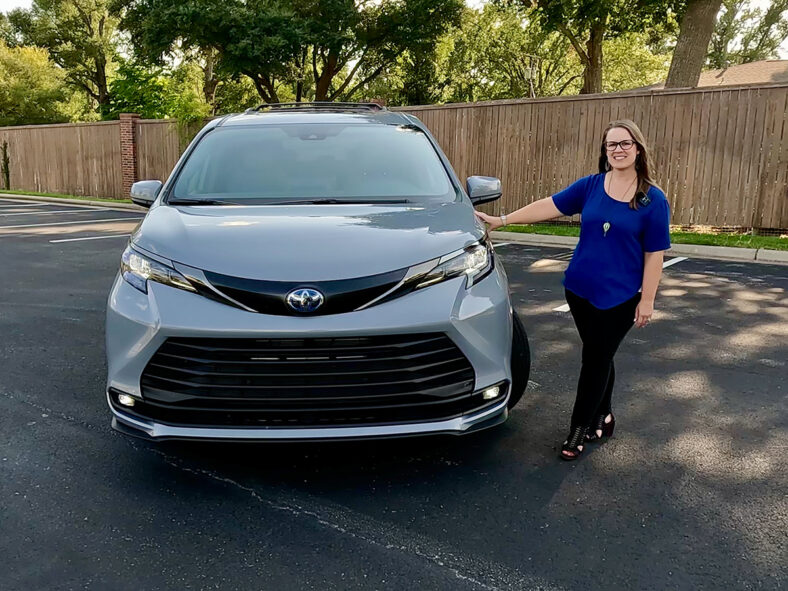
The Toyota Sienna has had a hybrid option for some time now, and they’re popular because, well, Toyota makes excellent hybrids. The Sienna hybrid is no exception to that rule. Despite its large size, the Sienna HEV is known for getting over 35 mpg—even with AWD—in all sorts of driving scenarios, including stop-and-go traffic, due to its ability to be in EV mode while driving under 35 mph. It’s no wonder Toyota reported a 54% sales increase over last year.
Finally, the Kia Carnival is available as a hybrid, and that’s likely a huge contributor to the company’s triumphant sales boost report. Compared to 2024, Kia’s sales report showed a 60% increase overall, and an 87% increase in sales compared to May of 2024.
The hybrid powertrain in the Carnival is the same as the one in the Hyundai Santa Fe Hybrid—a 1.6-liter turbo four paired with a meaty electric motor. Combined, the two power plants generate 242 horsepower. It doesn’t seem like much for a full-sized minivan, but when I tested it, I was averaging 33 mpg combined—and that’s after driving in a city with low speed limits, frequent stops, and short distances, while being full of passengers.
Like the other two, the Pacifica PHEV earns more than 30 mpg combined, too. Even without a hybrid option, the Honda Odyssey’s 3.5-liter V6 averages around 22 mpg combined. Which, for a large minivan, isn’t too shabby.
READ MORE: Are Hybrid Cars Worth Paying Extra? Here’s What You Need to Know, and How to Tell
4. Making Them More Attractive Definitely Helped
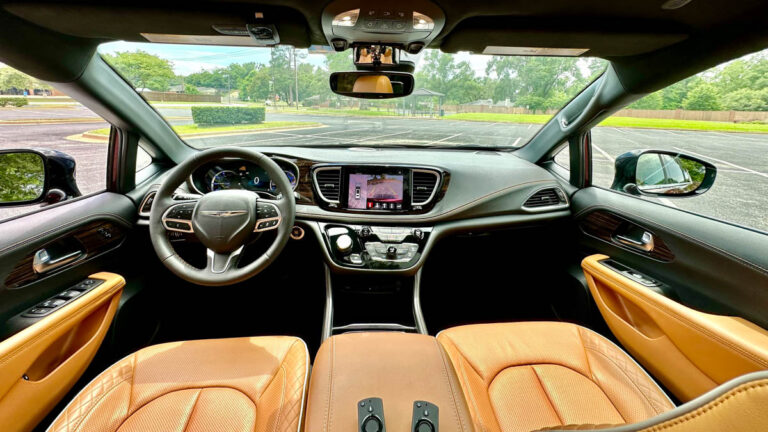
If you Google a Dodge Caravan or a Toyota Van from the late 1980s, you’ll be shocked to see how they were designed compared to the Sienna today. The first-generation Van (and even the Sienna) lacked character compared to today’s design language. The modern Sienna is angular, it’s curvy, and it’s specifically designed to be beautiful from the inside out.
The Honda Odyssey, which hit American shores in 1994, has had quite a few facelifts to become the borderline luxury van it is today. The Kia Carnival’s new look is the most dramatic, as Kia purposefully designed the Carnival to look more like an SUV than a minivan, and people were drawn to it like moths to a flame.
It’s the first thing that drew me to it when I saw it in my driveway—it looked absolutely gorgeous. The interiors of the Kia Carnival, Honda Odyssey, Chrysler Pacifica, and Toyota Sienna are charming, too. The Kia and Toyota have contrasting and attractive interiors, which can’t be the same for earlier generations.
Flashy wheels, tinted windows, a wider range of exterior colors, interior ambient lighting options like that ones seen in the Carnival, and woodgrain in the Sienna help make being a driver and a passenger more appealing.
5. Accessibility Options Have Improved Over the Years, Too
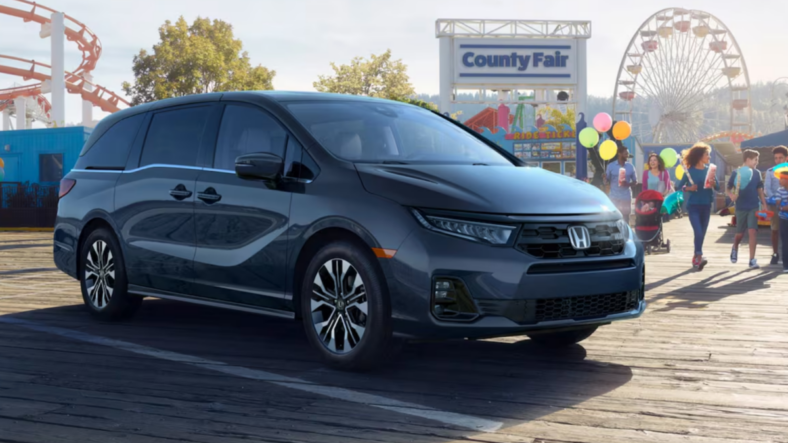
Modern technology did more than just improve mileage, longevity, and safety ratings. It also opened up more accessibility options for drivers and passengers with accommodation needs, too. And nothing is more accommodating than the long wheel base and wide entry of a minivan.
The Kia Carnival and the Honda Odyssey have a removable second row, making them better for hauling various items and more accessible to more passengers. The third row of the Kia can also be removed or folded flat, while all three other models don’t have removable third-row seats. The Chrysler Pacifica and Toyota Sienna don’t have removable seats.
Despite that, reputable mobility companies prefer the Toyota Sienna and Chrysler Pacifica to modify due to their spacious interior and excellent mileage rating. Siennas are rated the best for wheelchair users who require rear-entry modifications, side-entry accommodations, fold-out, in-floor, or power ramps, swivel chairs, lowered floors, and kneeling systems.
The Chrysler Pacifica is the most cost-effective option of the two, and can boast just as many accommodating modifications as the Toyota Sienna, while still being either AWD or a PHEV.
READ MORE: Minivan Showdown: Toyota Sienna vs. Chrysler Pacifica vs. Honda Odyssey
Before Judging Too Harshly, Just Drive One—You’ll Quickly Change Sides
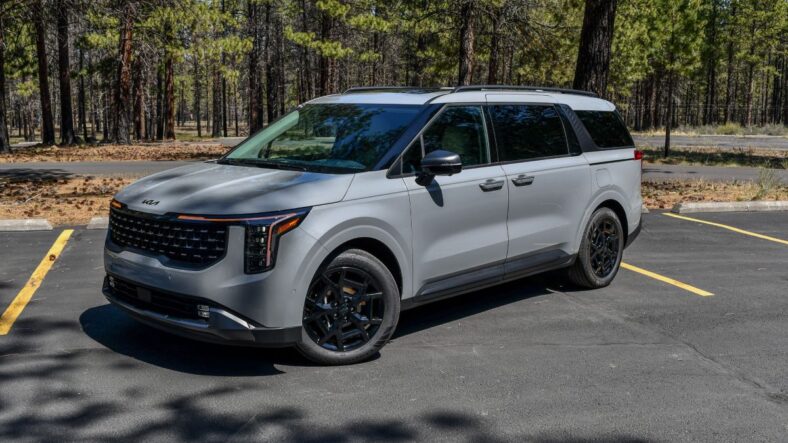
I’m not proud to admit that I was once a very firm minivan hater. Even with two kids, I was firm with my husband that I’d never own one. However, after experiencing three of the four available minivans, I’m one of the first to defend them when I hear someone say they’ll never own one.
Before you think you can swing a Ford Expedition over a Toyota Sienna, ask your minivan-driving friend why they love it so much. Shoot, even ask them to test drive it. If you’re a practical thinker who values the safety and comfort of your family, you’ll quickly find yourself casually browsing Kia’s website, admiring the Carnival.
Minivans are like candy when you’re on a diet—once you try one, you’ll understand why they were once so popular, and why they’re coming back with a vengeance.
READ MORE: No Minivan Shame: 6 Reasons A Minivan is the Best Thing Ever
More About:Car Buying Car Culture
